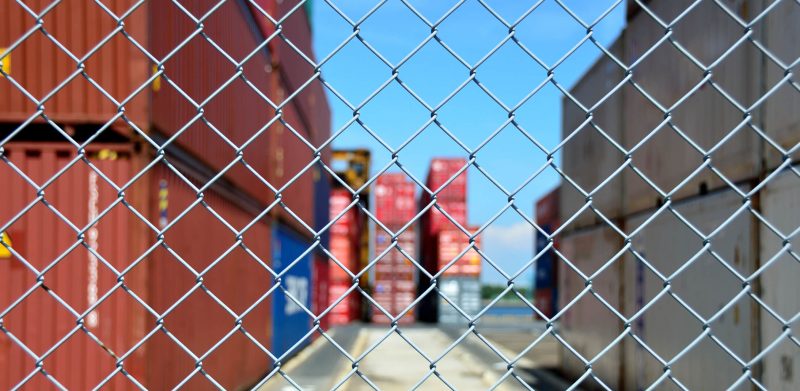
2020 New C-TPAT Security Criteria
As stated in our previous article, an update to the C-TPAT portal is currently underway and you have until June 1, 2020 to implement the new security measures.
Remember that joining the C-TPAT program is free! Registration is voluntary. In addition, it should be noted that the program includes “SHOULDs” and “MUSTs.” “SHOULDs” are generally the security measures that require an expense, such as surveillance cameras, physical barriers and fences. While these measures are considered good practices, they are not mandatory to obtain C-TPAT certification. However, “MUSTs” are measures that must be implemented and are generally written policies and procedures.
Among the minimum security criteria, include “Vision and Responsibility,” which requires the commitment from management, which in fact makes a lot of sense, because without the commitment from management, a person at the company will have a lot of difficulty implementing the program within their company. This commitment must be disclosed to all the company’s employees. It is strongly recommended that a committee be formed with members from various departments directly involved in security, namely, human resources, information technology, purchasing department, logistics, shipping and receiving and the person responsible for building maintenance. This committee will have to appoint a resource person (POC – Point of Contact) who will become the Supply Chain Security Specialist (SCSS) contact. Only this person will be contacted by the SCSS. It is important that the POC is familiar with the program’s requirements and is always informed of any changes.
A number of points made pertaining to the new security criteria describe in detail the U.S. Customs and Border Protection’s (USCBP) expectations with respect to the existing criteria. For example, as noted above, surveillance cameras are not mandatory. However, if you have them, the program now requires that your system be inspected, that there be cameras in areas where goods are received and shipped and that the recordings be viewed from time to time to ensure that the security procedures for loading goods and trailer inspections are followed.
With respect to the inspection of trailers, the program has added agricultural safety as a new criterion, which means you have to ensure that all international transportation equipment is contaminant-free. That means, if during a trailer inspection you find traces of insects, soil or roots, the trailer must be cleaned prior to loading. This measure concerns transportation equipment and includes packaging materials.
We cannot go into detail about all the security criteria, but here is a summary:
- VISION AND RESPONSIBILITY – Commitment from management
- RISK ANALYSIS – Supply chain
- BUSINESS PARTNERS – Evaluation criteria
- SAFETY PROCEDURES – Written procedures & import/export information
- TRANSPORTATION SAFETY – Trailers, containers, seals and packaging
- AGRICULTURAL PROCEDURE – Decontamination
- PHYSICAL SAFETY – Lighting, fences & cameras
- ACCESS CONTROL – Employees, visitors & drivers
- STAFF SAFETY – Hiring and checking
- TRAINING
- CYBER SECURITY – Information technology and business data
That is an overview of C-TPAT’s requirements. We can help you get a clearer picture and properly determine the “SHOULDs” and “MUSTs” according to your business model.
Please feel free to contact us for more information. We would be happy to assist you.